This spring we took Mapping Edges on the road. While Alexandra was at Bumi Langit Farm, I went to UK and my brilliant friends took me to visit a whole lot of different gardens. The word jouissance comes to mind: it was spring, and both plants and friends had come out of a long winter and were bouncy and ready to be outdoors. And so I visited grand gardens in all their spring glory, such as the one at Speke Hall near Liverpool, a Tudor mansion turned Victorian gothic, and the botanical collection of Bodnant Garden in Wales, and of course Kew Gardens. Some are breath-taking, all are entangled with multiple family and personal stories that zoom out to wider aesthetics, sciences and politics from the moment of their establishment to now.
Other are spring gardens from below, set up through collective interest and effort by and for local established and recent communities, and running thanks to the work of volunteers. It might be the crisis, but there are many of these greening from below interventions, intersecting with other social and cultural practices, such as squatting, or growing food in allotments, or reclaiming a small space by the side of the road to grow spring flowers and make the estate look happier. London is full of great edges, and of edge gardeners greening the city.
Take Bonnington Square Pleasure Gardens for instance (you can find a documentary on the history of Bonnington Square squats here). The place where the garden is today is a WW2 bombed site and remained a wasteland until in the 1990s residents reclaimed the site to transform it in a ‘pleasure garden’, a historical reference to the nearby Vauxhall Pleasure Gardens. The garden is open, offering sanctuary from some major urban high rise redevelopment in the area. The collective effort behind the garden (amazingly designed by committee) has also spread in nearby streets creating edge gardens. Following these edges this area in South London in spring resembles a constellation of community gardens, verges, allotments, city farms, parks, spontaneous plants, gardens for kids, for bees, for whoever needs a rest, all connected by the will to green. Living as I do in a block managed by a committee devoid of any environmental and aesthetic sense, watching the gardens from below of South London was both inspiring and envy-inducing. There are classics, like tires (near Tyre St, clearly) and footpath gardens, and there is a community project that promotes urban greening and bee-keeping, Bee Urban, nestled in a corner of Kennington Park.
In East London another friend took me to a woodland in the middle of the city, Tower Hamlets Cemetery Park. The site was opened in 1841 and used for burials until 1966, when it was rezoned as a park. Today it is a designated Local Nature Reserve and a Site of Metropolitan Importance for Nature Conservation. It belongs to the Borough of Tower Hamlets, and it is run by volunteers. There is a myriad of paths that form intricate networks and connect the cemetery to other green corridors. There are spring wildflower meadows, and established trees. And graves. There is also a network of intangible trajectories embedded in the park: social, botanic, environmental and cultural histories that are mobilised through regular initiatives and events, from foraging to art projects on birds’ songs.
I am sharing here a remix of spring gardens from above and from below, enjoy!
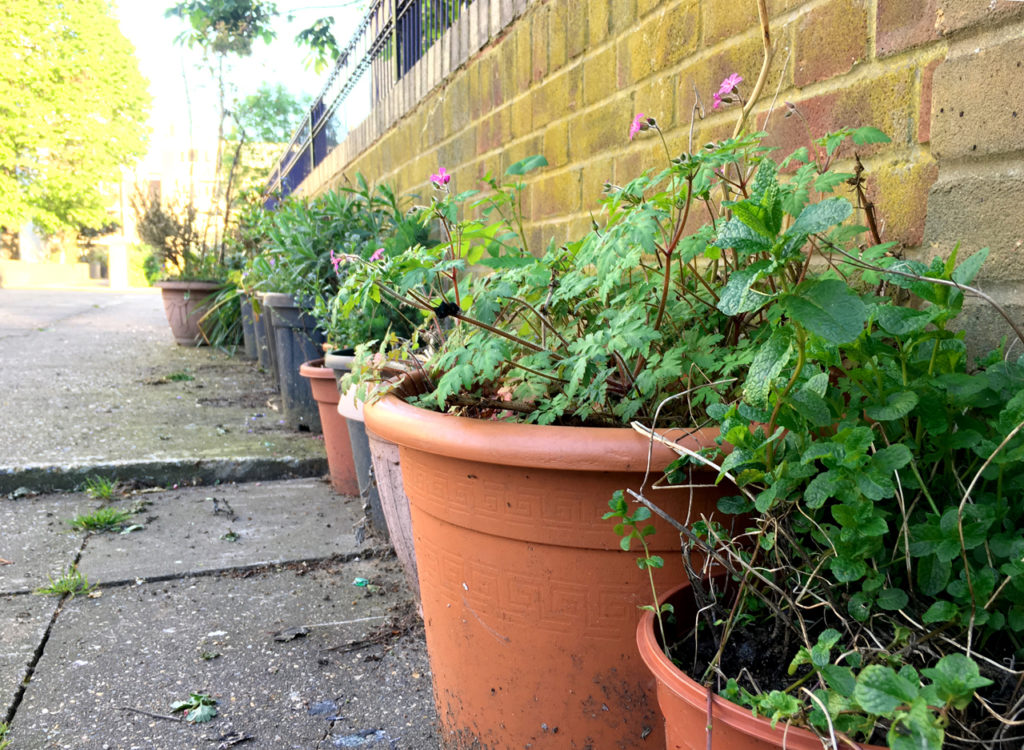
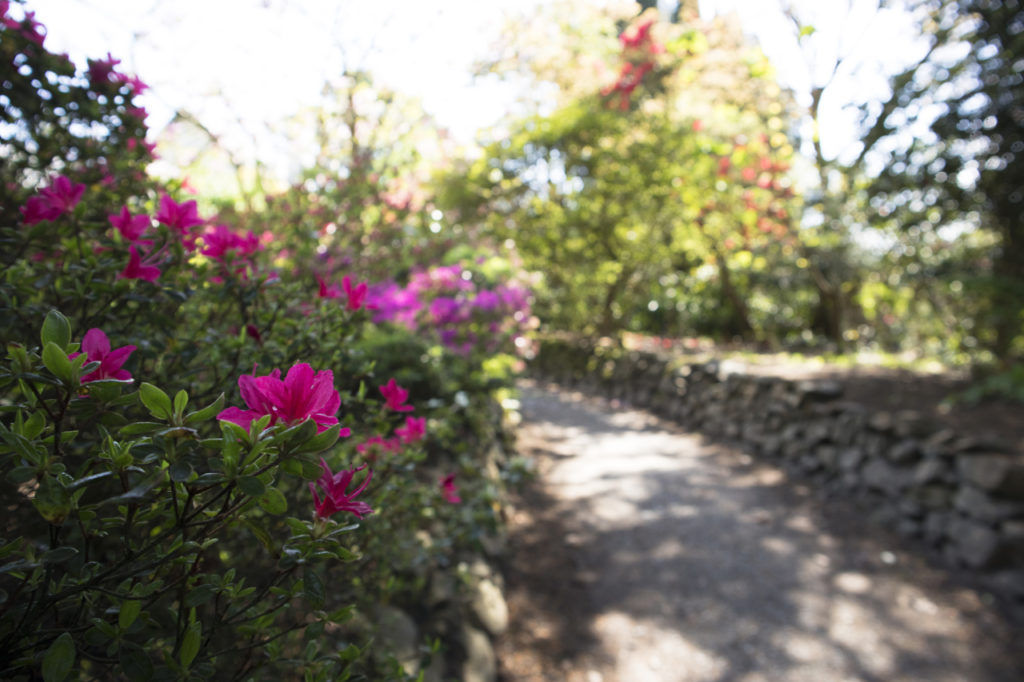
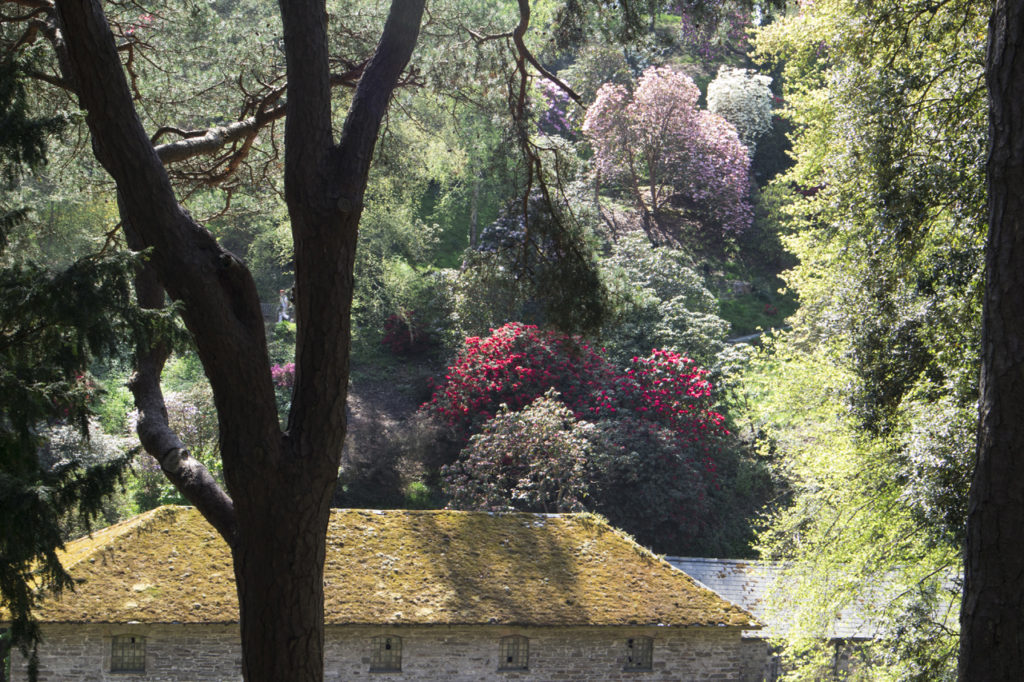
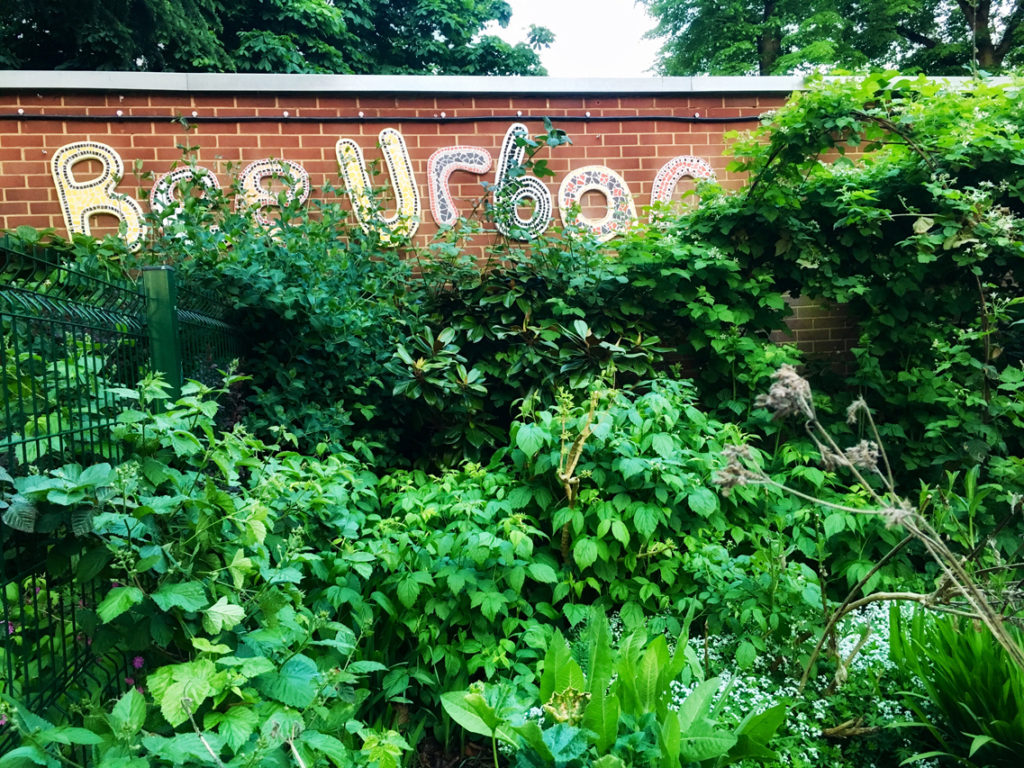
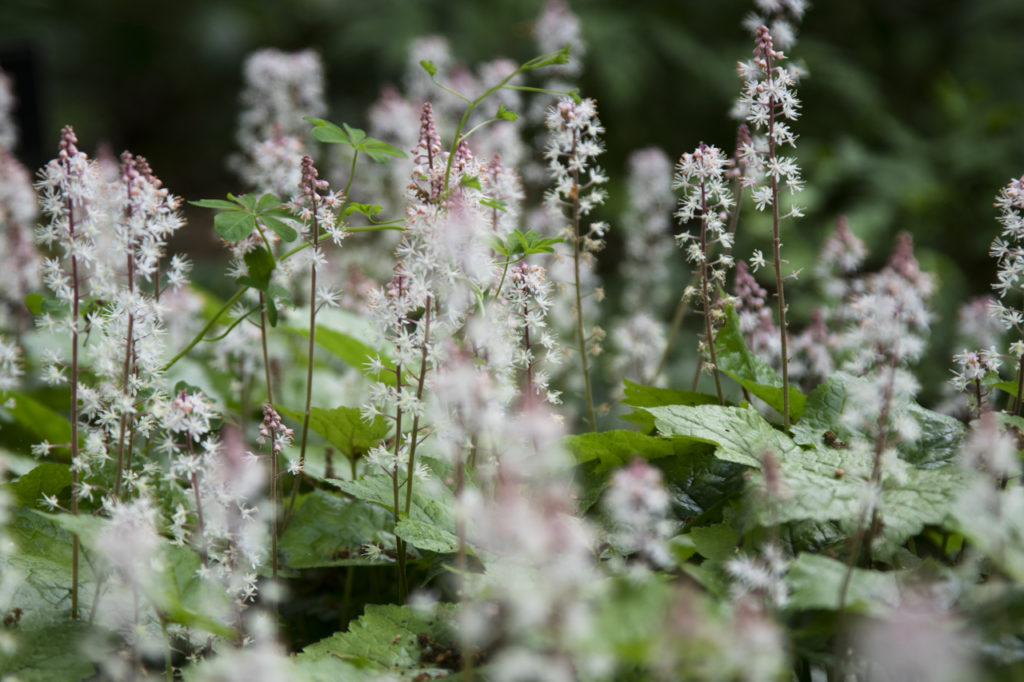
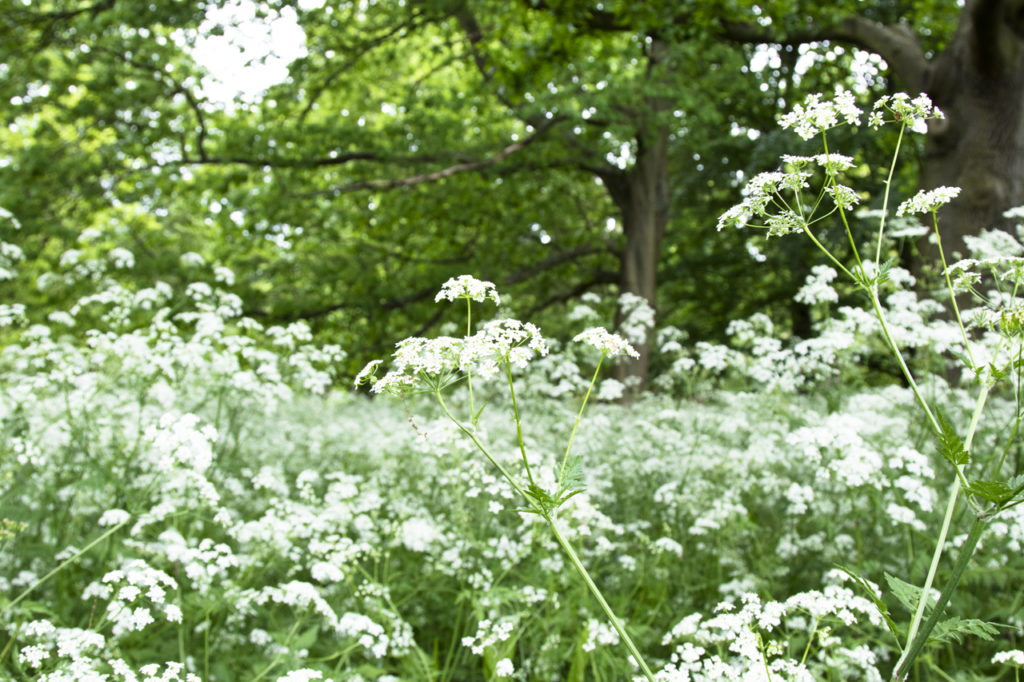
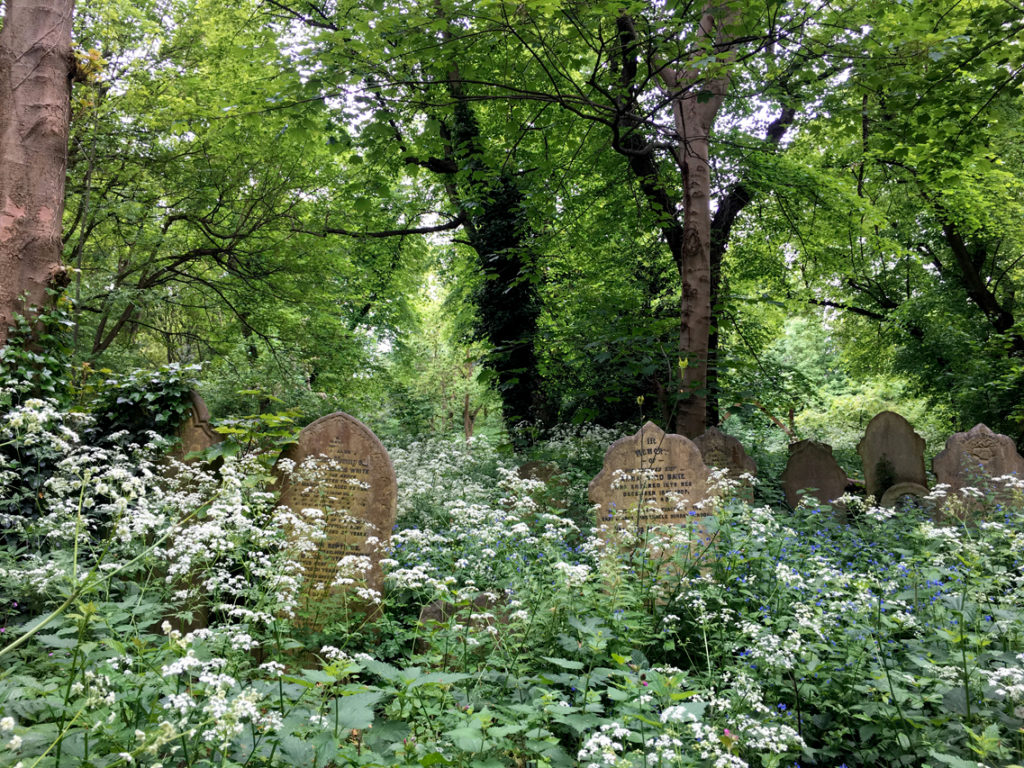
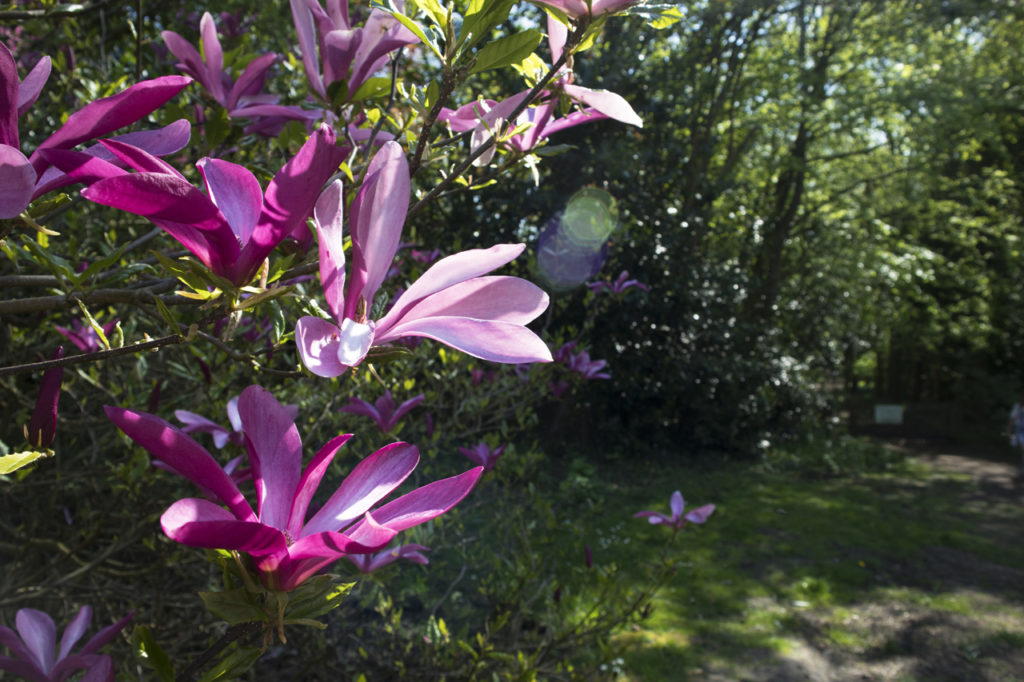
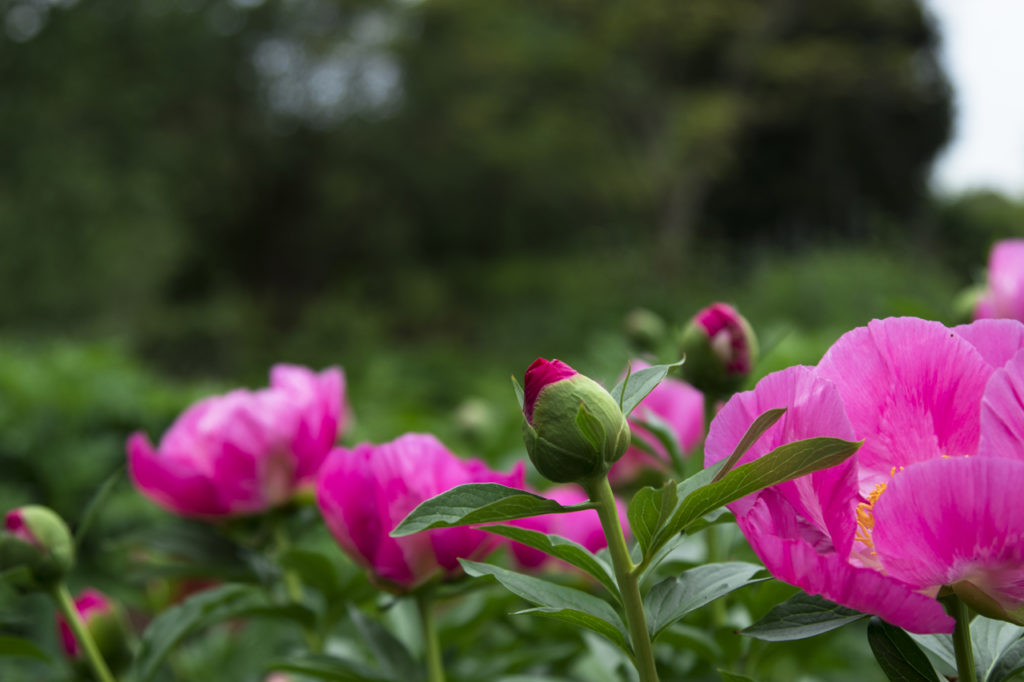
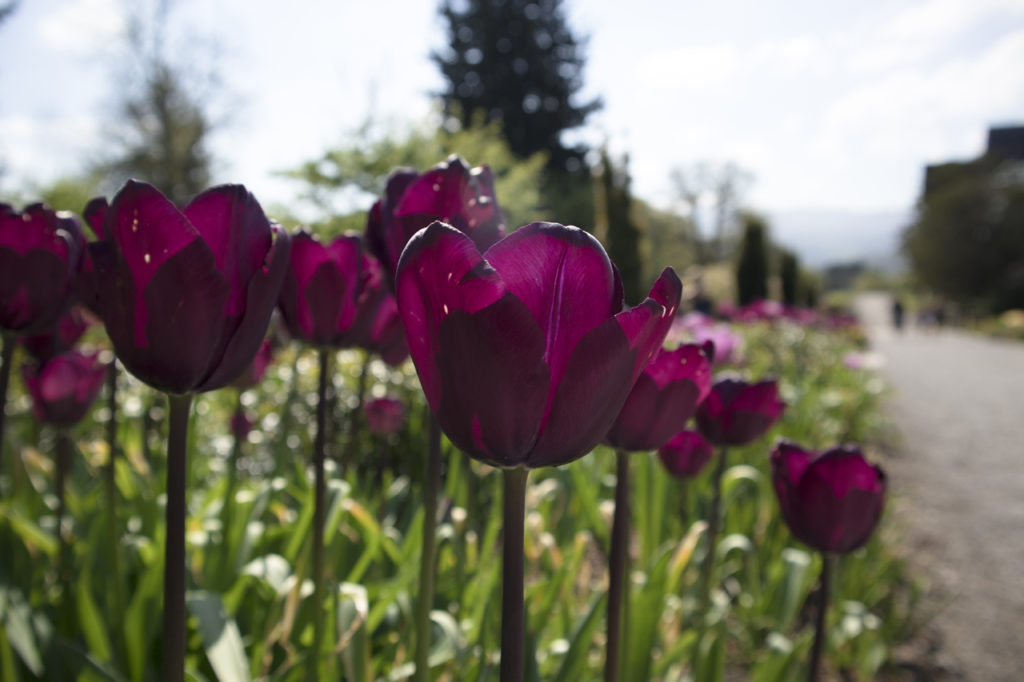
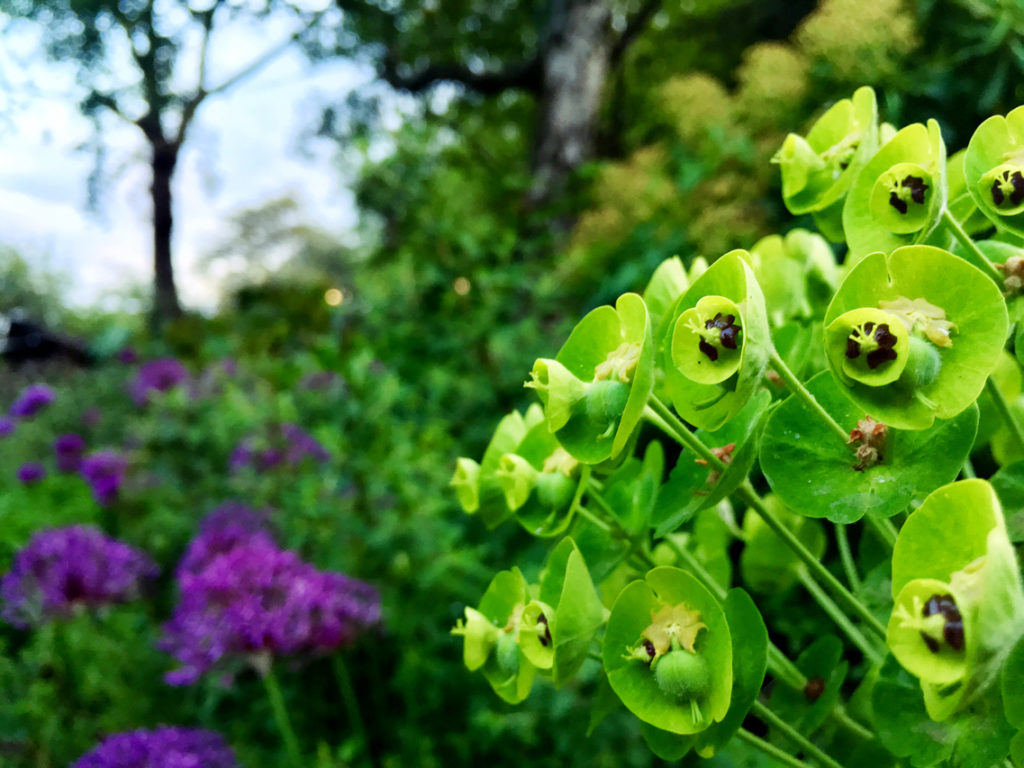
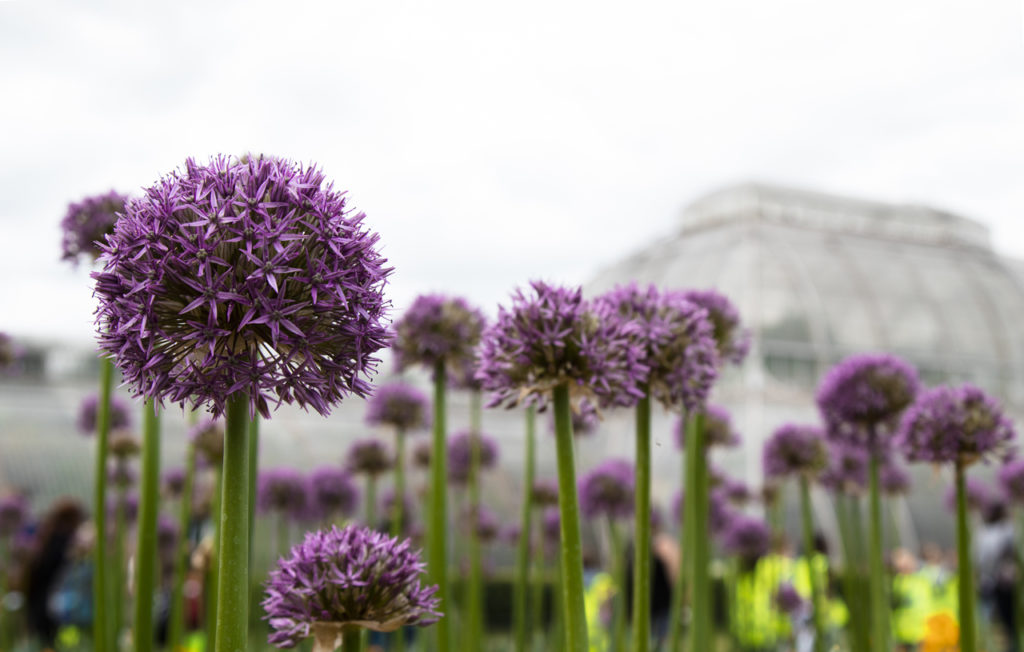
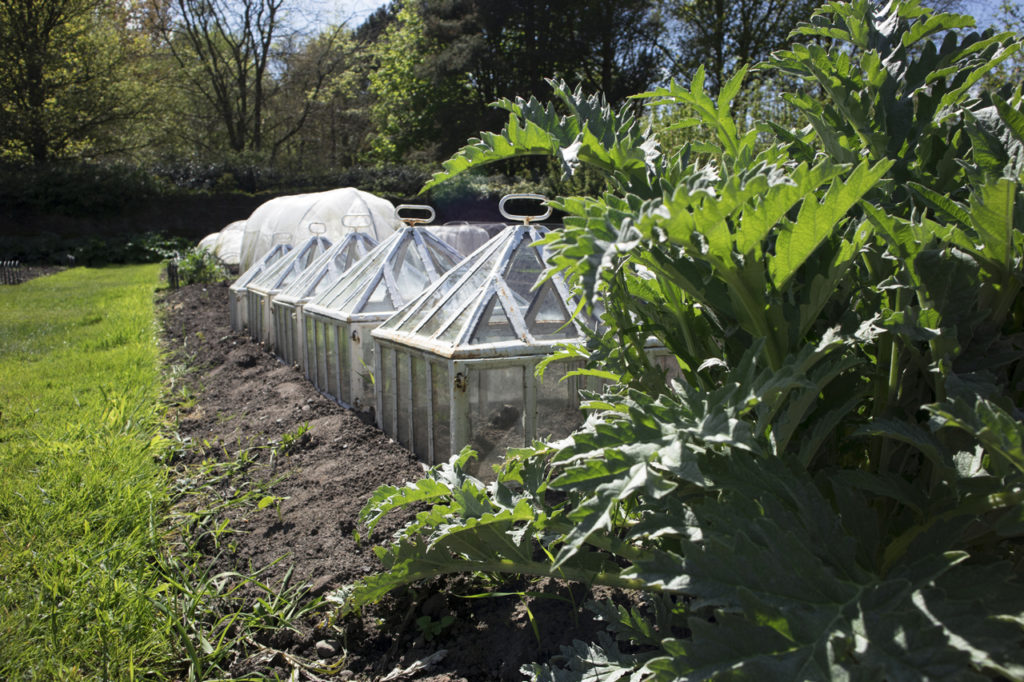
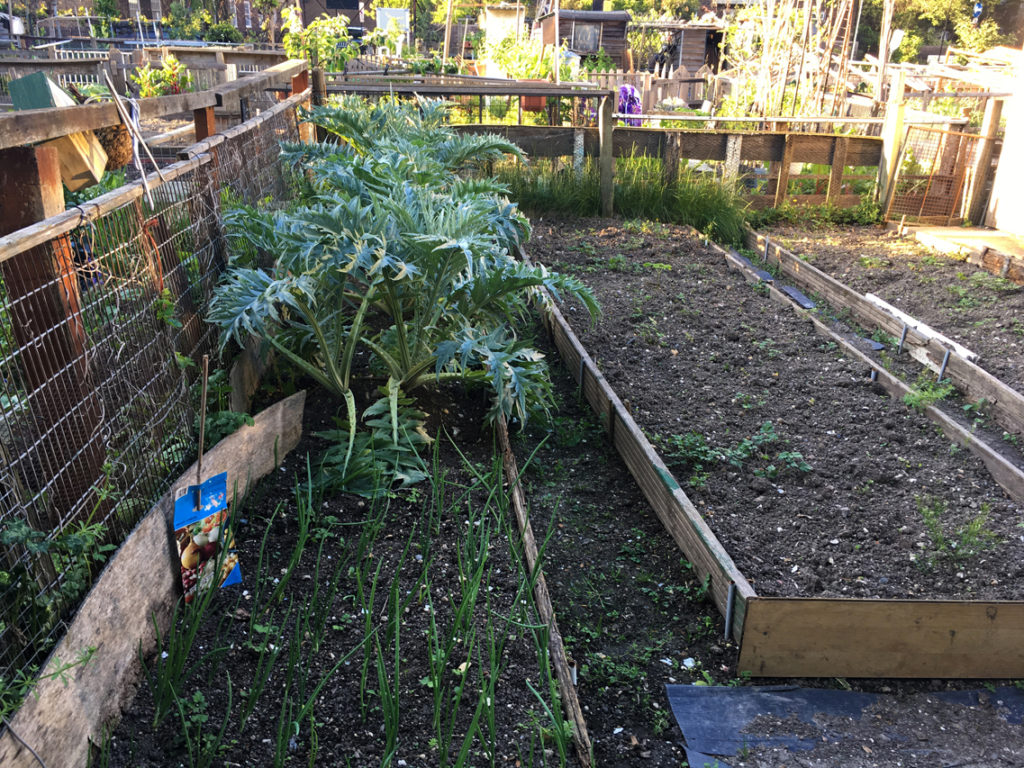
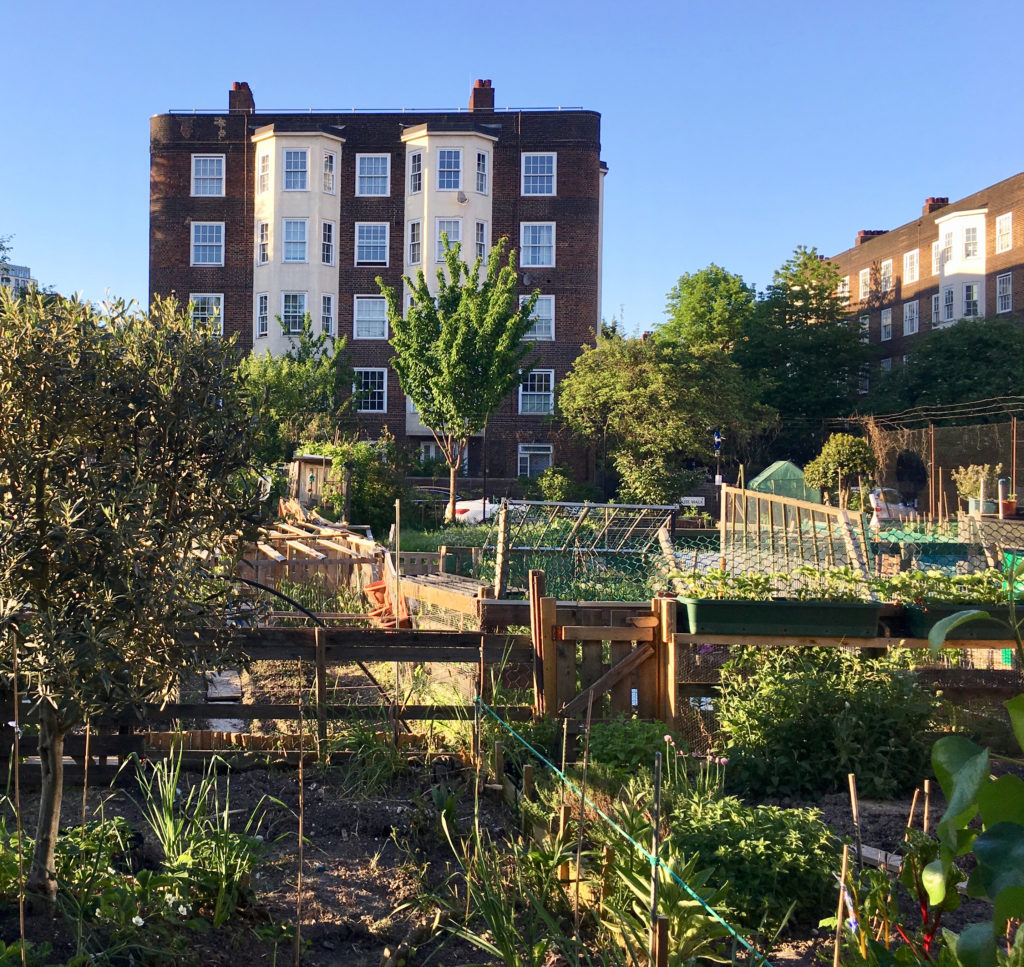
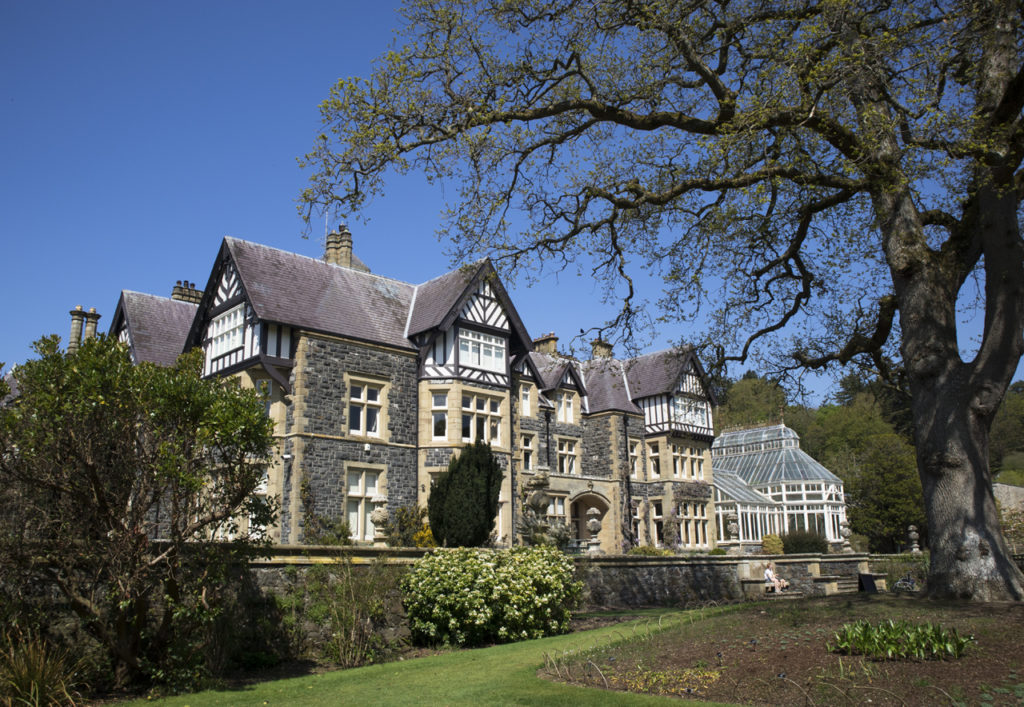
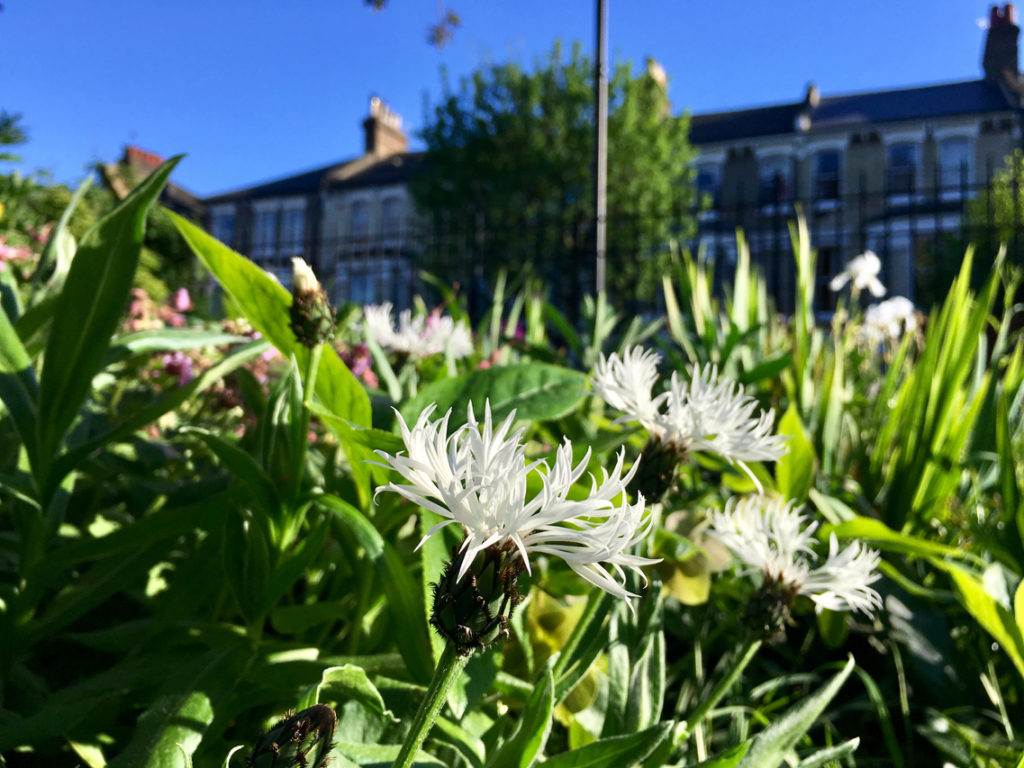
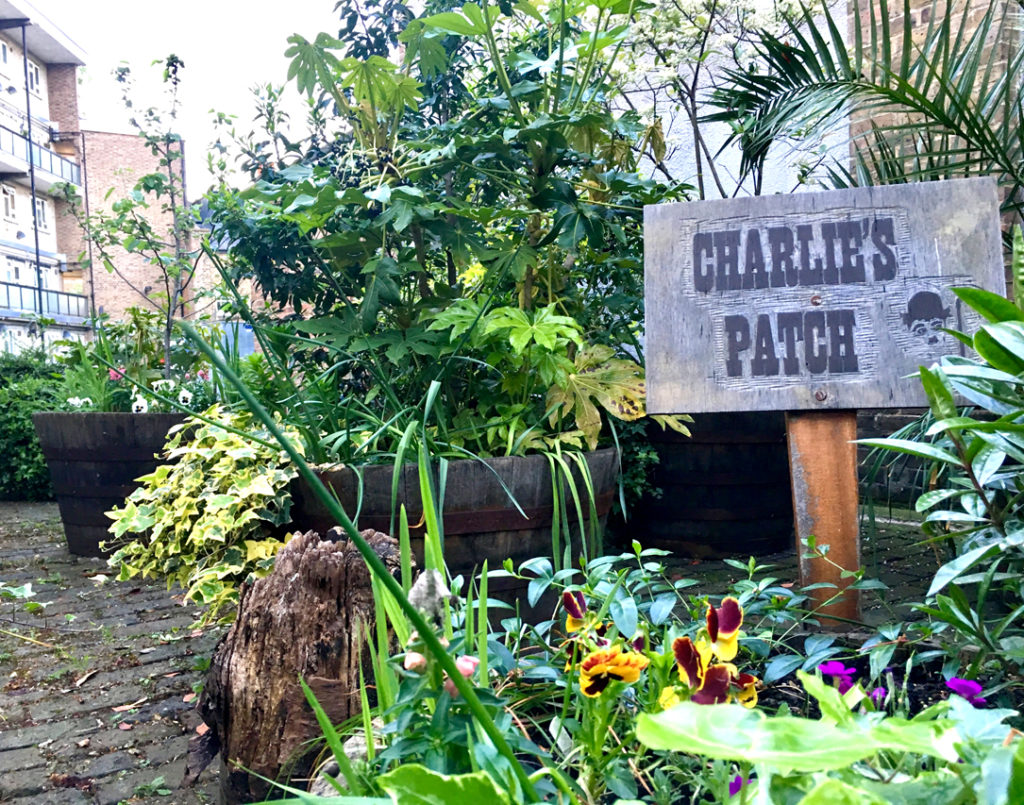
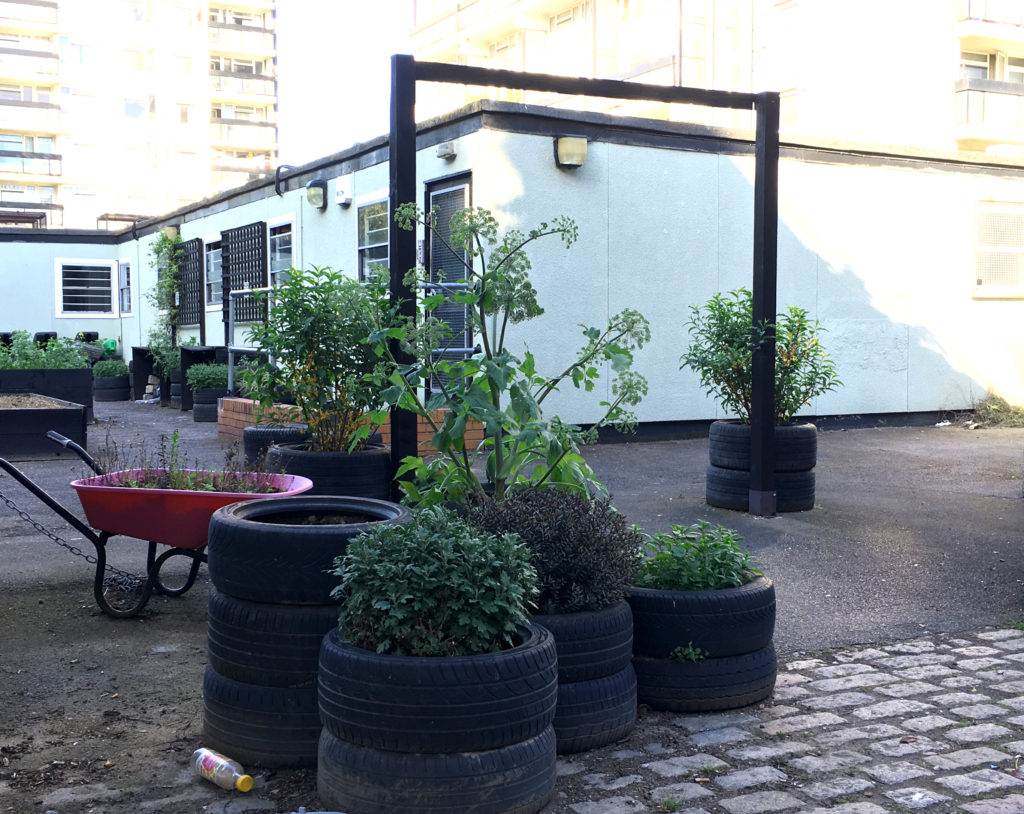
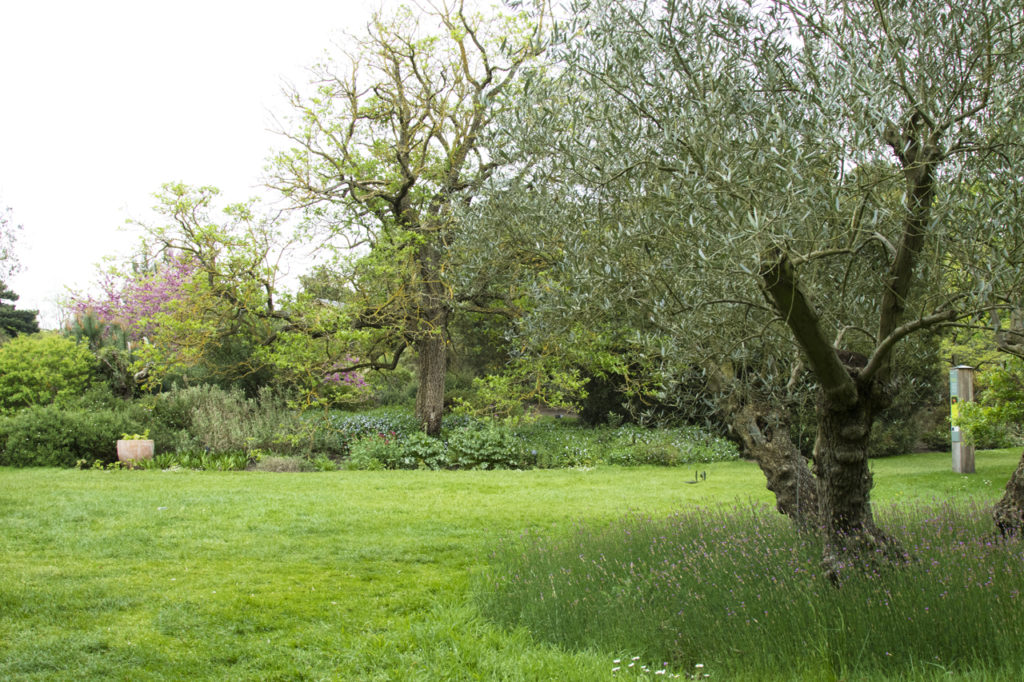
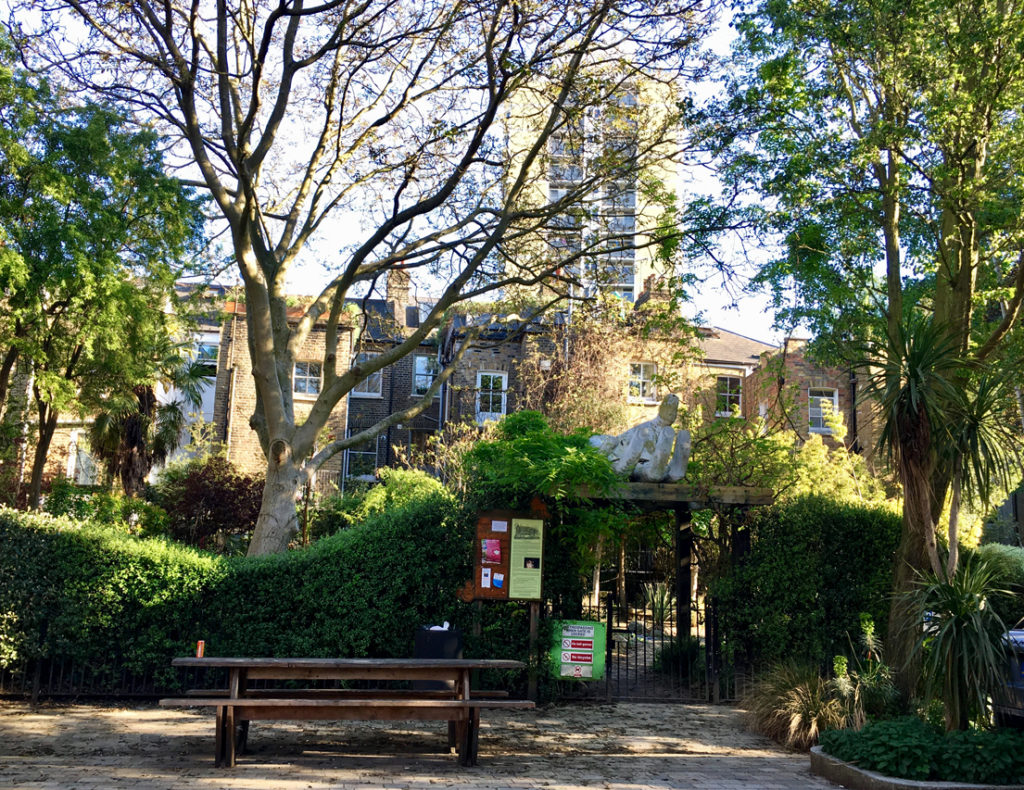
SaveSave
SaveSave
SaveSave
SaveSave
SaveSave
SaveSav

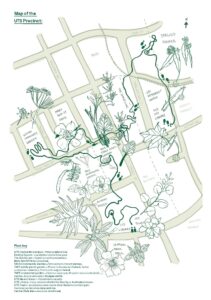
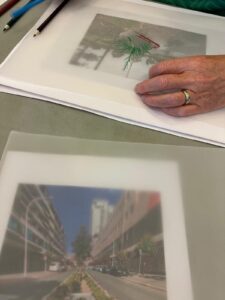


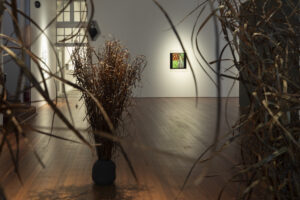
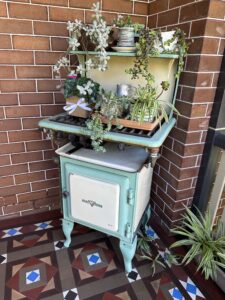
0 Comments